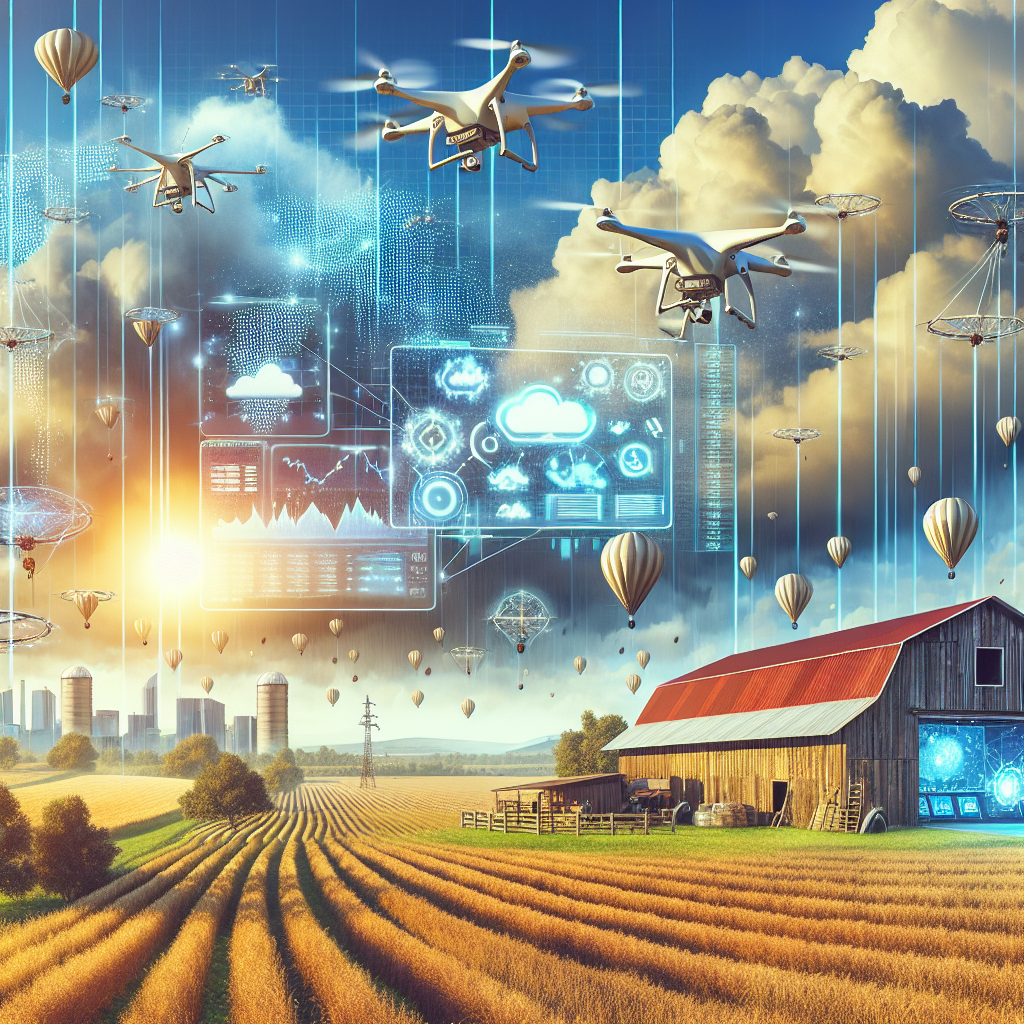Weather forecasting plays a crucial role in the agricultural sector as it helps farmers make informed decisions about their crops and livestock. With the advancement of technology, artificial intelligence (AI) has emerged as a powerful tool in improving the accuracy and reliability of weather forecasting for agriculture. AI-driven solutions are revolutionizing the way weather data is collected, analyzed, and interpreted, leading to more precise predictions and better outcomes for farmers.
AI algorithms are capable of processing vast amounts of data from various sources, such as satellites, weather stations, and sensors, to generate highly accurate weather forecasts. These forecasts can help farmers plan their planting, harvesting, and irrigation schedules more effectively, leading to higher crop yields and better resource management. In addition, AI-driven weather forecasting can also help farmers mitigate the risks of extreme weather events, such as droughts, floods, and storms, by providing early warnings and tailored recommendations.
One of the key advantages of AI-driven weather forecasting is its ability to adapt and learn from new data in real-time. This means that the accuracy of predictions can improve over time as the AI algorithms analyze more weather data and refine their models. In contrast, traditional weather forecasting methods rely on static models that may not be able to keep up with the rapid changes in weather patterns.
Moreover, AI-driven weather forecasting solutions can be customized to suit the specific needs of different types of crops and regions. For example, certain crops may require specific weather conditions to thrive, and AI algorithms can factor in these requirements to provide tailored forecasts for farmers. This level of customization can help farmers optimize their farming practices and maximize their yields.
In addition to improving weather forecasting accuracy, AI-driven solutions can also enhance the overall efficiency and productivity of agricultural operations. For example, AI-powered drones can be used to monitor crop health and soil conditions, providing valuable insights to farmers on how to optimize their farming practices. AI algorithms can also analyze historical weather data to identify trends and patterns that can help farmers make better long-term decisions.
Overall, AI-driven weather forecasting solutions have the potential to revolutionize the agricultural sector by providing farmers with the tools they need to adapt to changing weather conditions and maximize their yields. By harnessing the power of AI, farmers can make more informed decisions that lead to sustainable and profitable agricultural practices.
FAQs:
Q: How accurate are AI-driven weather forecasts for agriculture?
A: AI-driven weather forecasts have been shown to be more accurate than traditional forecasting methods, with some studies reporting up to 90% accuracy in predicting weather patterns for agriculture.
Q: How can farmers access AI-driven weather forecasting solutions?
A: There are several companies and organizations that offer AI-driven weather forecasting services for agriculture. Farmers can subscribe to these services online or through mobile apps to access real-time weather data and forecasts.
Q: Are AI-driven weather forecasting solutions affordable for small-scale farmers?
A: The cost of AI-driven weather forecasting solutions can vary depending on the provider and the level of customization required. Some companies offer affordable subscription plans for small-scale farmers, while others may require a larger investment for more advanced features.
Q: Can AI-driven weather forecasting solutions help farmers mitigate the risks of climate change?
A: Yes, AI-driven weather forecasting solutions can help farmers adapt to the impacts of climate change by providing early warnings and tailored recommendations for extreme weather events. By using AI algorithms to analyze weather data, farmers can better prepare for and mitigate the risks associated with climate change.

